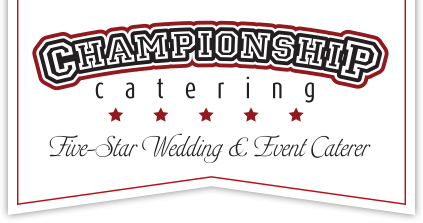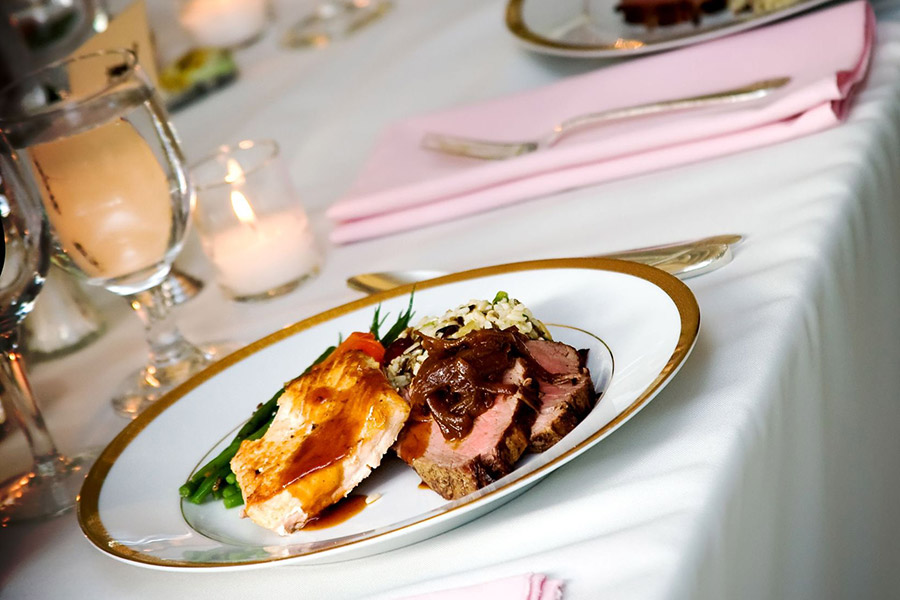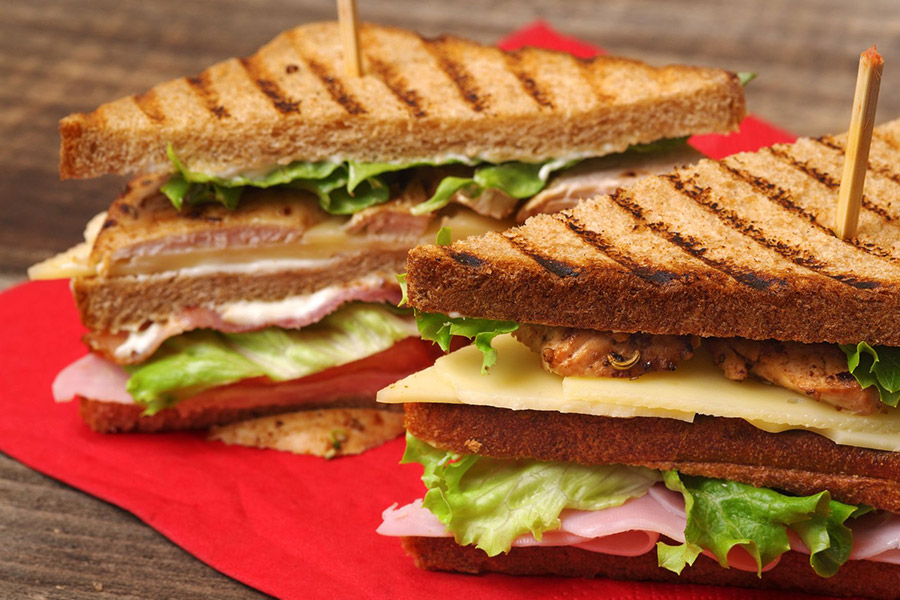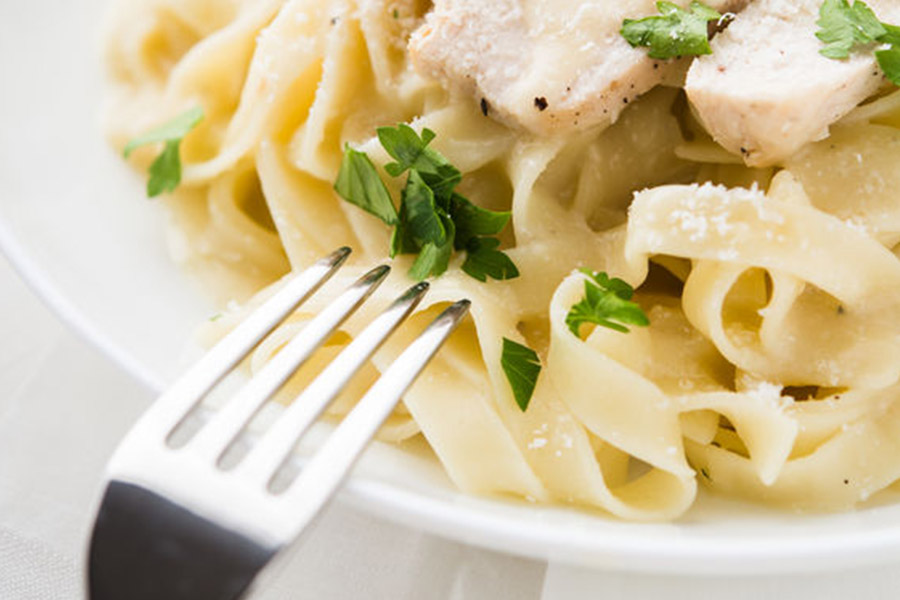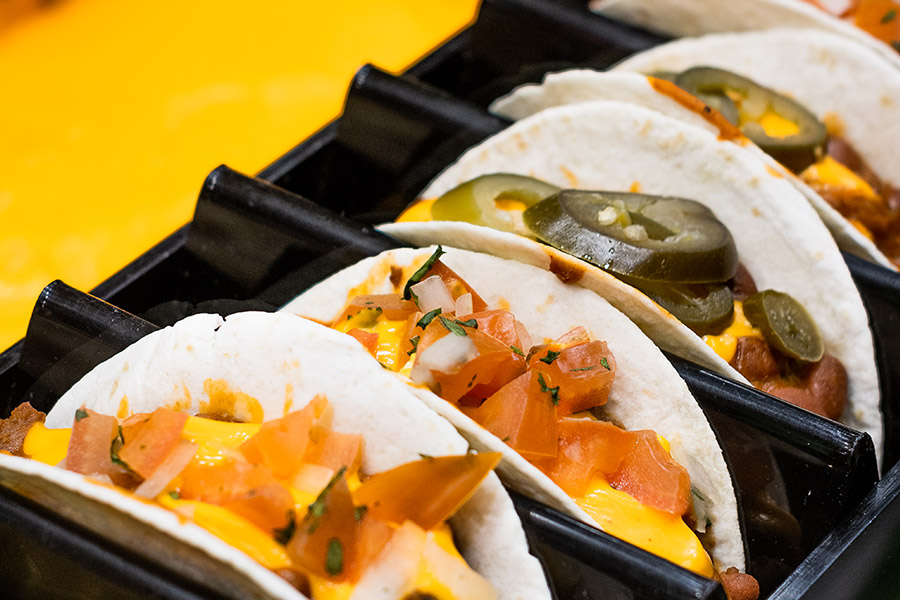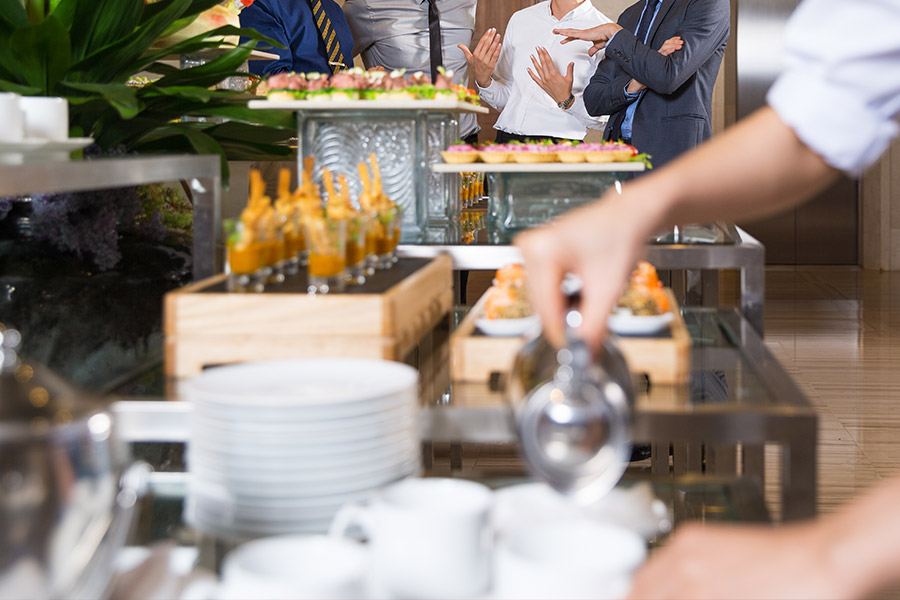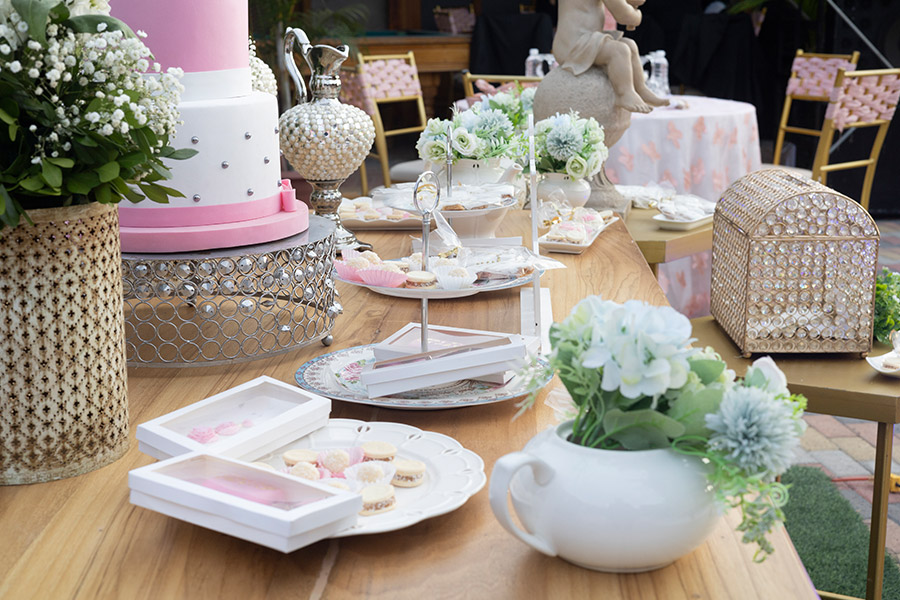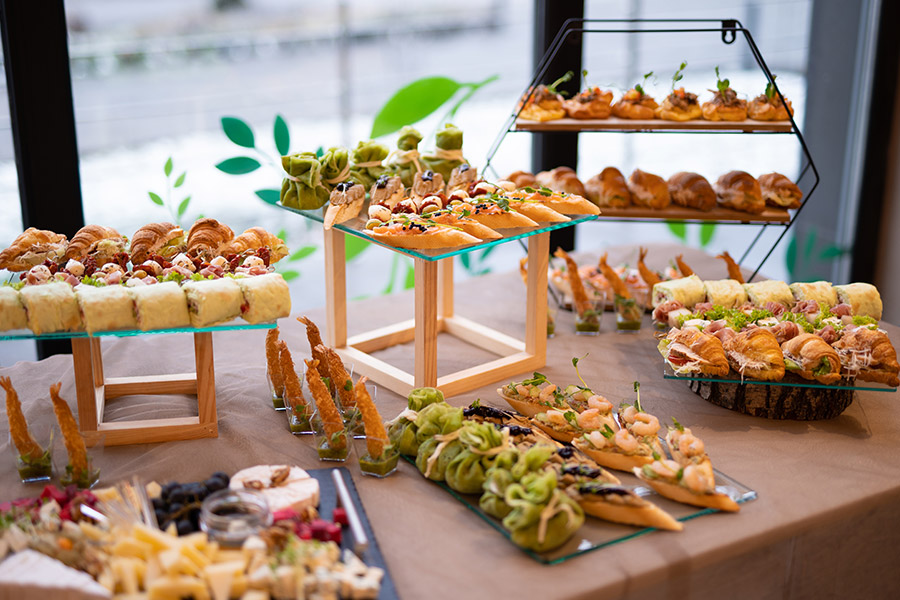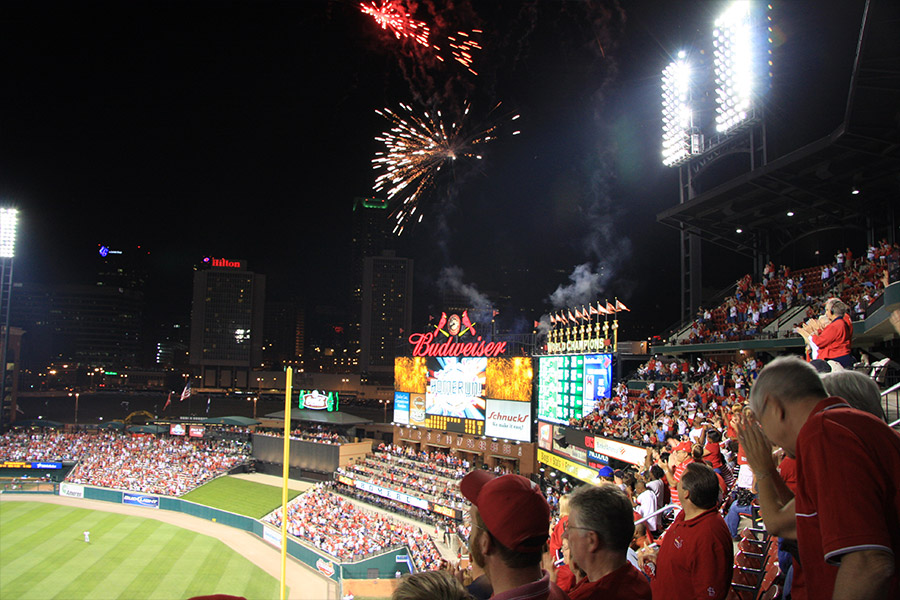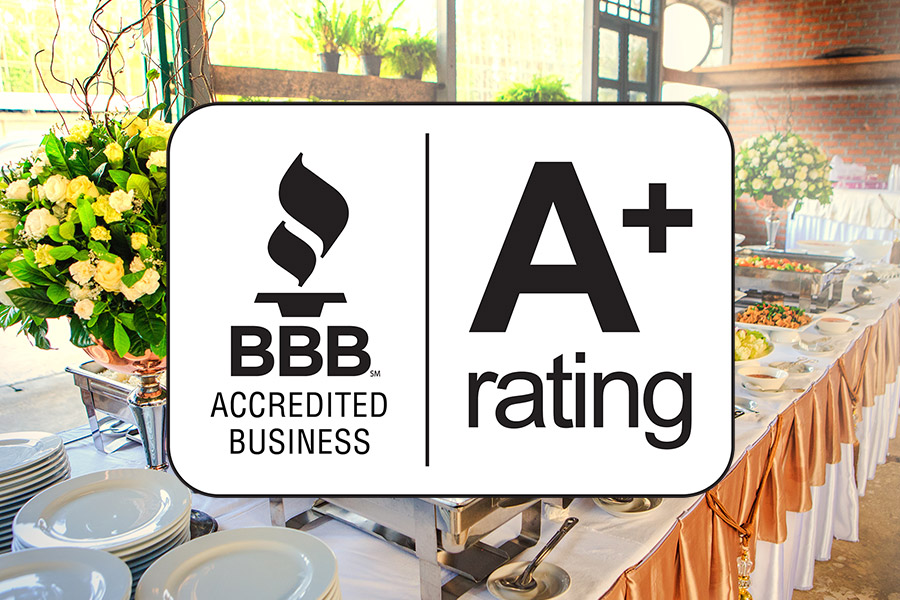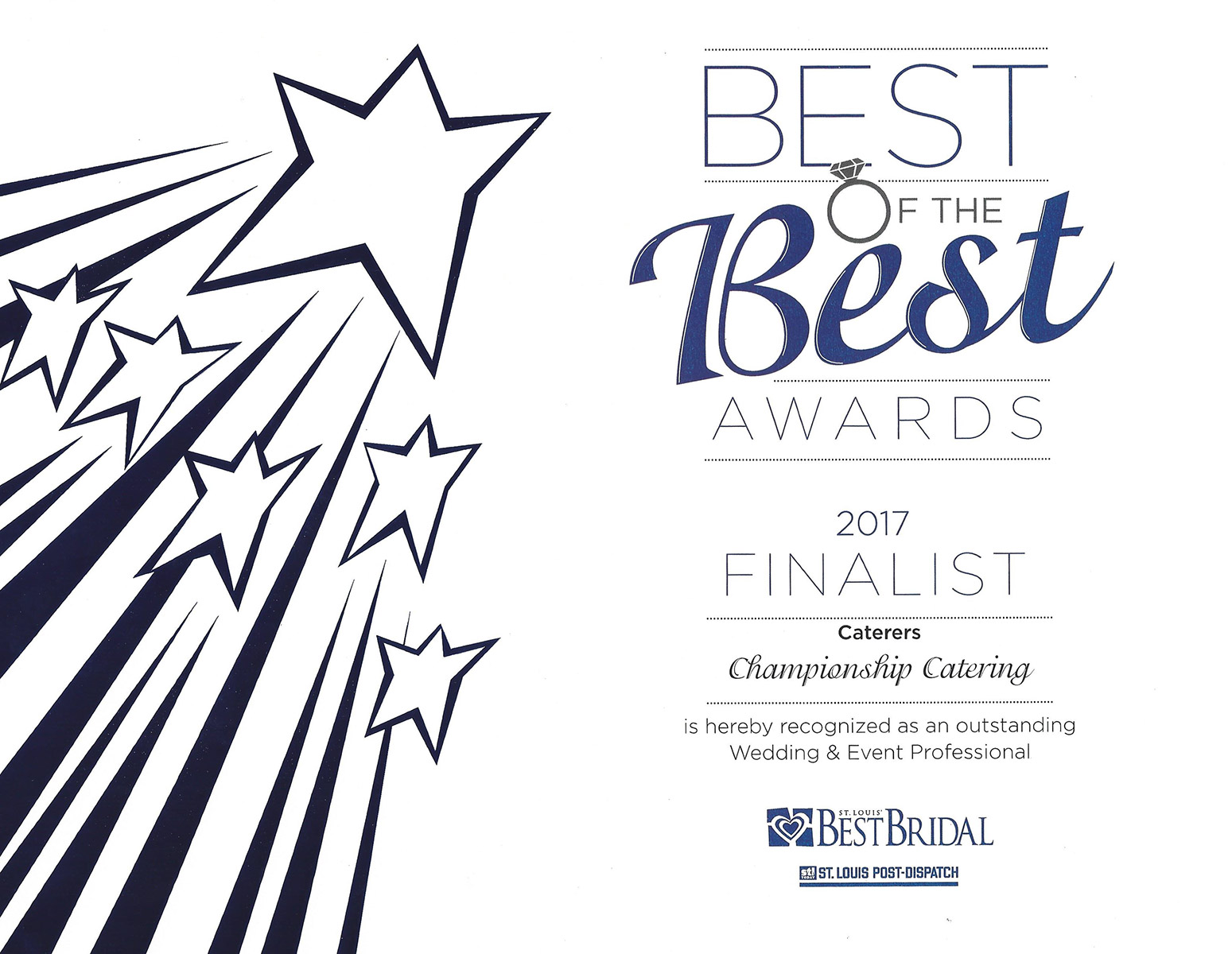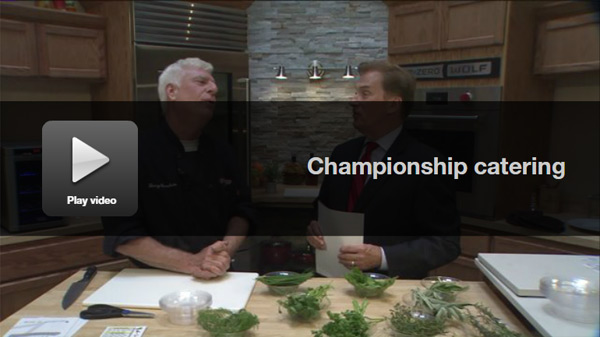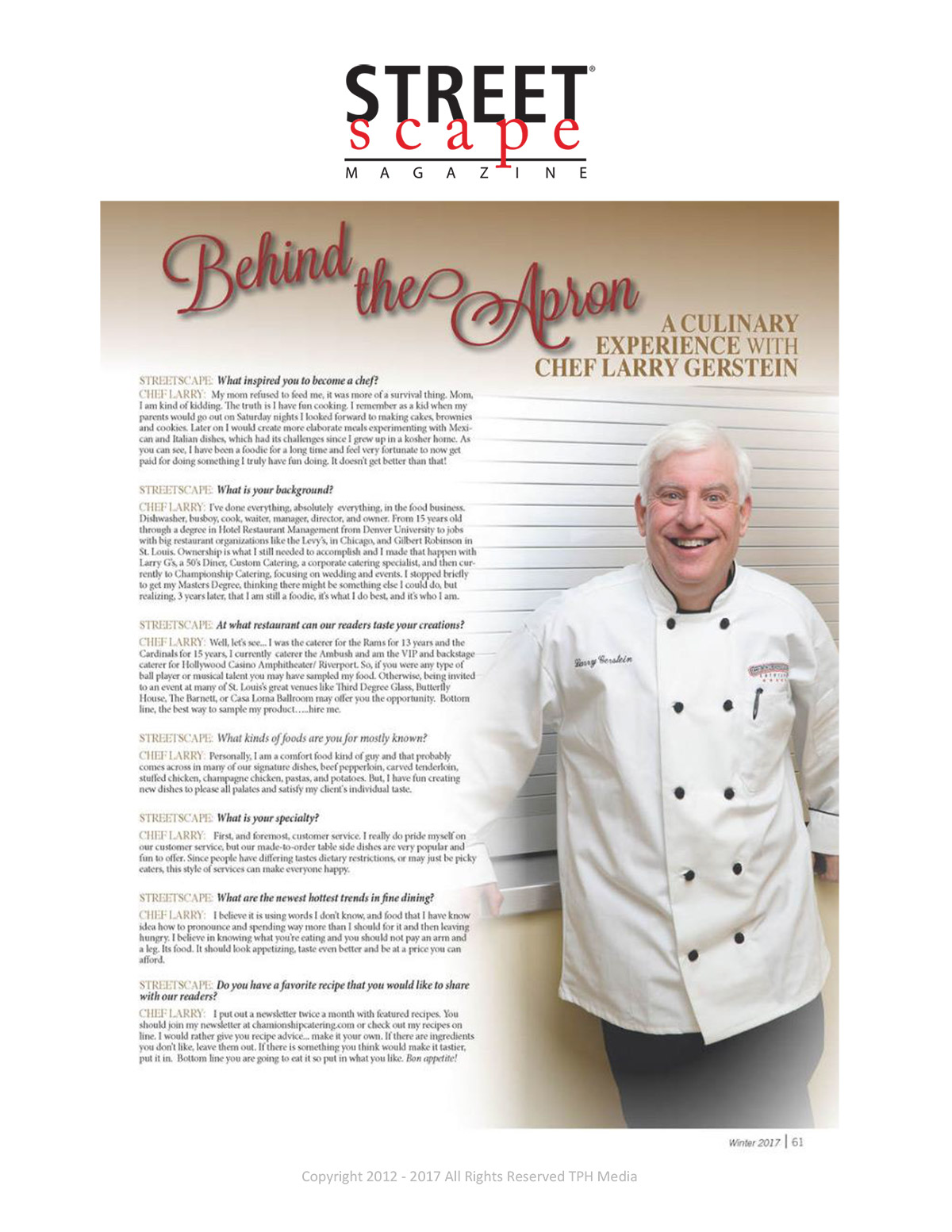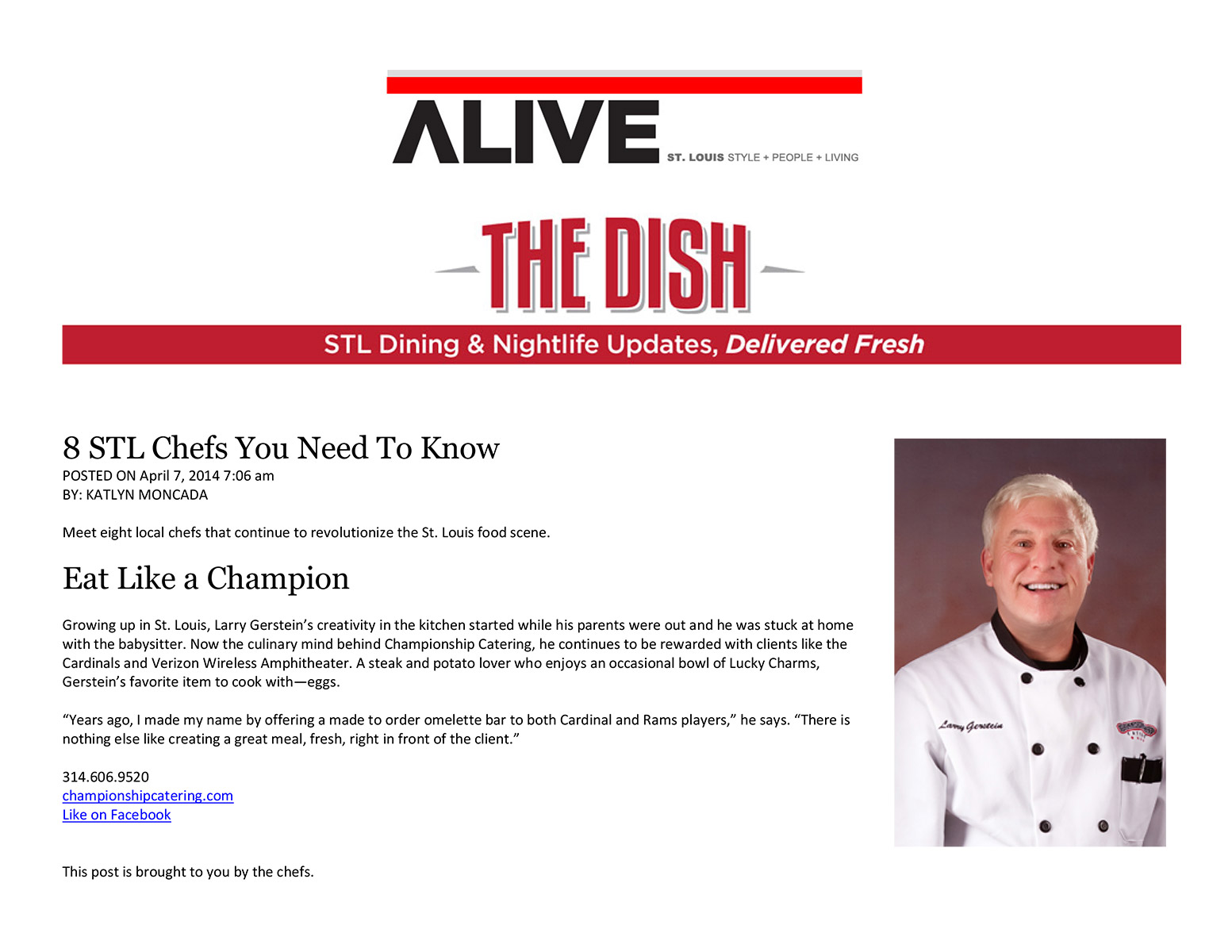No tricks here – just some fun facts about the spookiest holiday of all, Halloween. Test your knowledge of Halloween with this fun quiz! Grab a notepad and track your answers. The score sheet is at the bottom of this article… but no peeking!
Halloween Quiz
- Which of these ingredients was used to make the first candy apple?
A. Melted cherry lollipops B. Cinnamon candies C. Cherry Jell-O powder D. Red caramel - Jack-o’-lanterns were originally carved from:
A. Apples B. Carrots C. Acorn squash D. Turnips - Most of the candy purchased for Halloween is:
A. Chocolate B. Hard candy C. Bubble gum D. Gummy candy - Which is the correct order of colors for a piece of candy corn?

- How much does the average American plan to spend on a Halloween costume?
A. $30 to $35 B. $25 to $30 C. $40 to $45 D. $15 to $20 - Which of these is not an alternative name for Halloween?
A. Scaresday B. All Hallows’ Eve C. Hallowmas D. Samhain - Day of the Dead (Día de los Muertos) originated in this Spanish-speaking country:
A. Mexico B. Costa Rica C. Cuba D. Bolivia  In the 1966 TV special, It’s the Great Pumpkin, Charlie Brown, Charlie Brown gets these while trick-or-treating:
In the 1966 TV special, It’s the Great Pumpkin, Charlie Brown, Charlie Brown gets these while trick-or-treating:
A. Apples B. Shoes C. Rocks D. Clumps of dirt- How did the tradition of bobbing for apples get started?
A. Superstitious people thought it would ward off ghosts.
B. It was a matchmaking game for young singles.
C. A health organization started it as an alternative to trick-or-treating.
D. It marked the end of the apple harvest. - When Goelitz Confectionery Company began making candy corn in the late 1800s, the treat was commonly called:
A. Candy kernels B. Sweetie corn C. Chicken feed D. Sweet niblets - Which of these was the first “fun size” candy?
A. Twix B. Kit Kat C. Hershey’s D. Snickers
- Reese’s is pronounced “REE-sees.”
A. True B. False - Trick-or-treating was popularized as a way to reduce town-wide pranking and vandalism.
A. True B. False - The most popular Halloween costume for pets is a pumpkin.
A. True B. False - The monster in Mary Shelley’s book Frankenstein is a vegetarian.
A. True B. False - Americans spend more money on candy for Halloween than for any other holiday.
A. True B. False - People living on the East Coast are likely to give out more Halloween candy than people in other regions.
A. True B. False - Trick-or-Treat for UNICEF has been around since the early 1800s.
A. True B. False - Pumpkins are technically berries.
A. True B. False
Score Sheet
Give yourself one point for each correct answer.
- B. When New Jersey confectioner William Kolb reportedly invented the fall treat in 1908, he dipped apples into liquefied cinnamon hard candies and put them on display in his shop’s windows.
- D. Before bringing Halloween to the United States in the 1800s, Irish immigrants originally carved vegetable lanterns out of turnips and potatoes, as pumpkins are not native to Europe.
- A. About 70 percent of Halloween-candy purchases are chocolate, according to a survey by the National Confectioners Association.
- A.
- A. Last year the average American planned to spend $31 on a Halloween costume, according to the National Retail Federation.
- A. Hallowmas, Samhain and All Hallows’ Eve are all early names for what’s now called Halloween. Samhain was a Celtic festival during which people wore costumes and lit bonfires to ward off ghosts. Later, Shakespeare made reference to Hallowmas, when people asked neighbors for food or money. Both customs eventually became known as All Hallows’ Eve.
- A. Day of the Dead, which honors the life of family and friends who are deceased, is celebrated throughout Latin America (typically on November 1 and 2), but it originated in Mexico.
- C. When examining his Halloween haul with the rest of the Peanuts gang, Charlie Brown famously says, “I got a rock.”
- B. Centuries ago in Europe, girls marked apples and then dumped them into barrels of water. Potential partners bobbed for the apples, which indicated who should couple up.
- C. The polarizing confection was referred to as chicken feed because of its kernel-like shape.
- D. In 1968, Mars became the first candy company to use the term “fun size” on the wrappers of smaller Snickers bars and the like.
- False. According to Reese’s commercials, the name is properly pronounced “REES-ses” (rhymes with pieces!).
- True. Mid-20th-century town leaders encouraged trick-or-treating as an incentive to eliminate troublemaking.
- True. According to the National Retail Federation, 16 percent of consumers planned to dress up their pets last year — and pumpkins were the most popular choice, followed by hot dogs.
- True. The creature in this classic novel ate acorns and berries instead of meat.
- False. According to the National Retail Federation, Americans planned to spend $2.6 billion on Easter candy in 2017 and spent “only” $2.5 billion on Halloween candy in 2016.
- False. According to the National Confectioners Association, Midwesterners are the most generous to trick-or-treaters.
- False. Trick-or-Treat for UNICEF began in 1950.
- True. Pumpkins are a type of many-seeded berry called pepos, which have a hard outer covering.
How Did You Do?
0 to 11 Points
NOT SO SWEET! You might need a crash course in Halloween!
12 to 23 Points
SCARY SMART! Show off your results for being scary smart!
24 to 34 Points
HAUNTINGLY GOOD! Celebrate your spooky knowledge!
Quiz and Photos courtesy of Food Network Magazine
